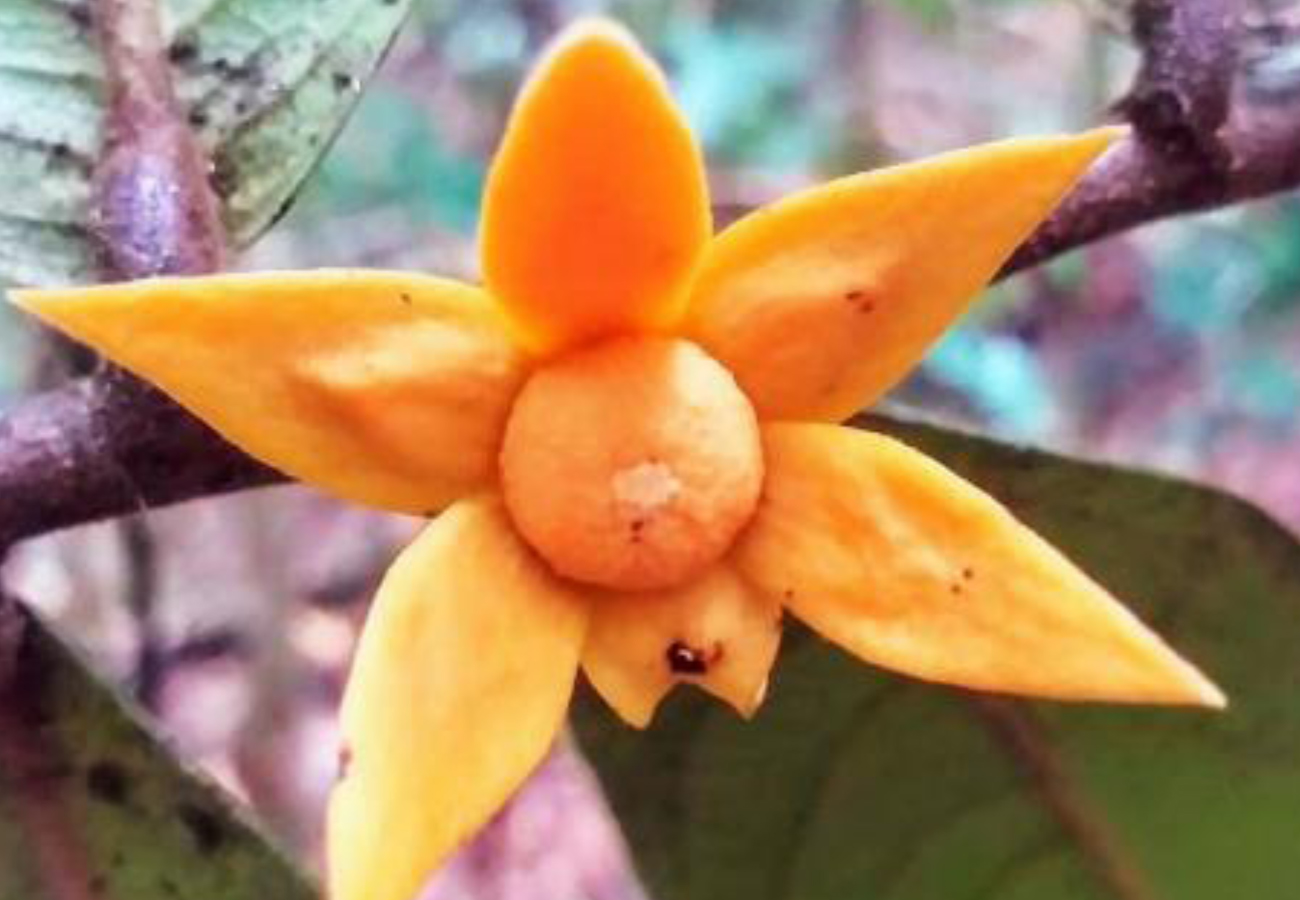Abstract
Two new species of Polyalthia from Peninsular Thailand, Polyalthia heliopetala and P. taweensis, are described and illustrated. Polyalthia heliopetala most closely resembles P. oblonga and P. motleyana. Polyalthia taweensis most closely resembles P. obliqua. Polyalthia pumila is newly reported for Thailand from a single locality; the species was previously known only from two localities in Peninsular Malaysia and has not been re-collected in over 100 years.
References
<p>Airy Shaw, H.K. (1939) XXXII—Additions to the flora of Borneo and other Malay islands: XII. The Annonaceae of the Oxford University Expedition to Sarawak, 1932. Kew Bulletin 1939: 275‒290. https://doi.org/10.2307/4111738<br>Blume, C.L. (1830) Flora Javae, volume 2: Anonaceae. Frank, Brussels, pp. 1–108 + 53 plates. https://doi.org/10.5962/bhl.title.48445<br>Endlicher, S. (1839) Genera plantarum secundum ordines naturales. Fr. Beck Universitatis Bibliopolam, Vienna.<br>Hooker, J.D. & Thomson, T. (1855) Flora Indica. Pamplin, London, xvi + 285 pp. https://doi.org/10.5962/bhl.title.50109 <br>IUCN (2012) IUCN Red List Categories and Criteria, Version 3.1. 2nd edition. IUCN Species Survival Commission, Gland, Switzerland, and Cambridge, United Kingdom.<br>Johnson, D.M., & Stull, G.W. (2014) Growth architecture and phylogenetic constraint in the Annonaceae. Abstracts. Botany 2014 meeting, Boise, ID.<br>King, G. (1892) Materials for a flora of the Malay Peninsula, no. 4. Journal of the Asiatic Society of Bengal, Part 2, Natural History 61: 1–130.<br>Mols, J.B., Gravendeel, B., Chatrou, L.W., Pirie, M.D., Bygrave, P.C., Chase, M.W. & Kessler, P.J.A. (2004) Identifying clades in Asian Annonaceae: monophyletic genera in the polyphyletic Miliuseae. American Journal of Botany 91 (4): 590‒600. https://doi.org/10.3732/ajb.91.4.590<br>Ridley, H.N. (1910) New or rare Malayan plants. Series V. Journal of the Straits Branch of the Royal Asiatic Society 54: 1–61.<br>Sinclair, J. (1955) A revision of the Malayan Annonaceae. Gardens’ Bulletin, Singapore 14: 149‒516.<br>Turner, I.M. (2008) New species and new records for Polyalthia (Annonaceae) in Borneo. Folia Malaysiana 9: 77‒98. <br>Turner, I.M. (2012) The plant taxa of H.N. Ridley, 4. The primitive angiosperms (Austrobaileyales, Canellales, Chloranthales, Laurales, Magnoliales, Nymphaeales and Piperales) Gardens’ Bulletin, Singapore 64: 221‒256. <br>Turner, I.M. (2014) Annonaceae. In: Soepadmo, E., Saw, L.G., Chung, R.C.K. & Kiew, R. (Eds.) Tree flora of Sabah and Sarawak, Volume 8. Forest Research Institute Malaysia (FRIM), Kepong, Malaysia.<br>Turner, I.M. (2018) Annonaceae of the Asia-Pacific region: names, types and distributions. Gardens’ Bulletin, Singapore 70: 409‒744. https://doi.org/10.26492/gbs70(2).2018-11<br>Van Heusden, E.C.H. (1992) Flowers of Annonaceae: morphology, classification, and evolution. Blumea Supplement 7: 1‒218.<br>Xue, B., Su, Y.C.F., Thomas, D.C. & Saunders, R.M.K. (2012) Pruning the polyphyletic genus Polyalthia (Annonaceae) and resurrecting the genus Monoon. Taxon 61 (5): 1021‒1039. https://doi.org/10.1002/tax.615009</p>


